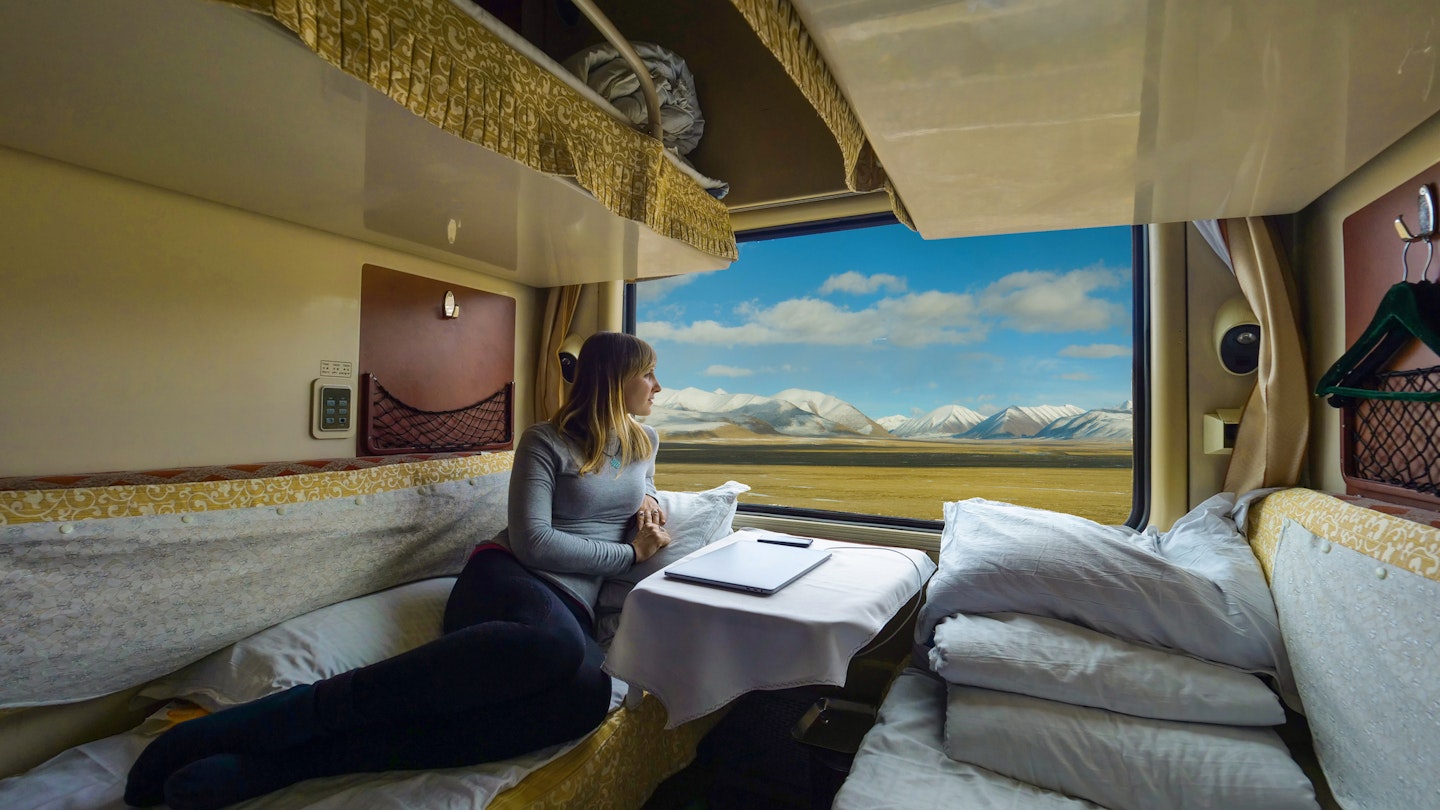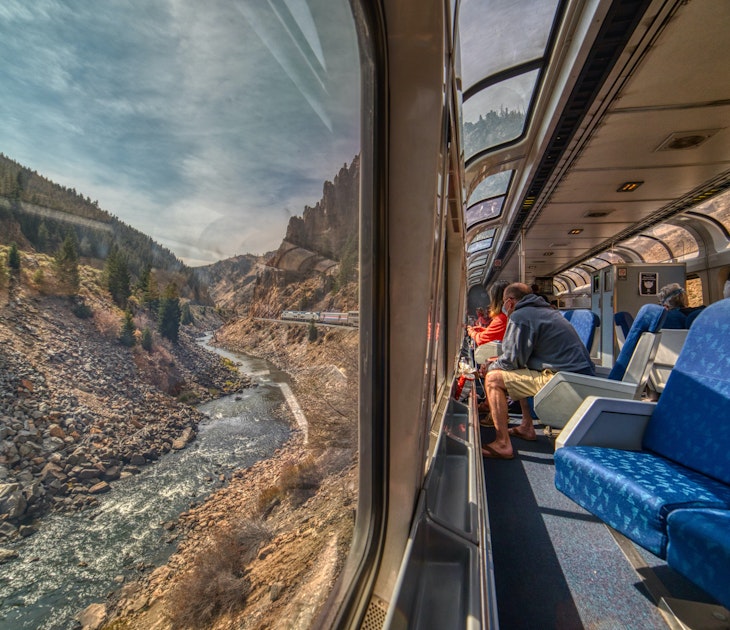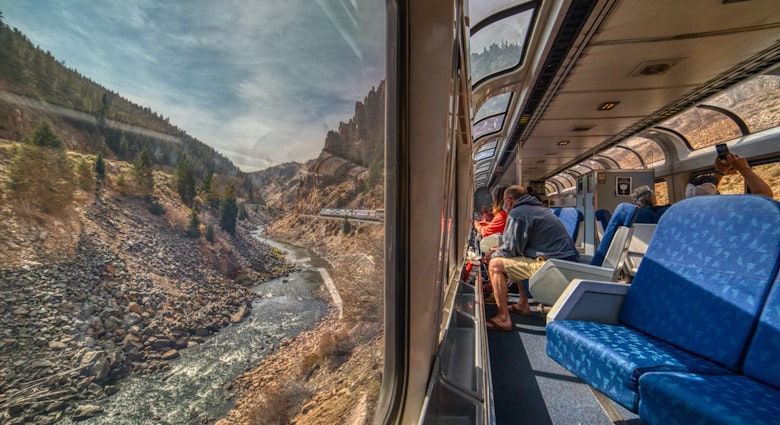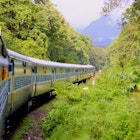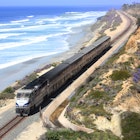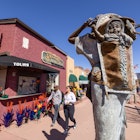Sleeper trains are making a welcome comeback and it’s easy to see why; they’re more environmentally-friendly and sustainable than air travel, as well as being a fun and, often, comfortable way of traveling.
However, if it’s your first time on a sleeper train, you might have questions about bookings, berths and breakfast. Avid train traveler Monisha Rajesh breaks down everything you need to know before boarding your first overnight train.
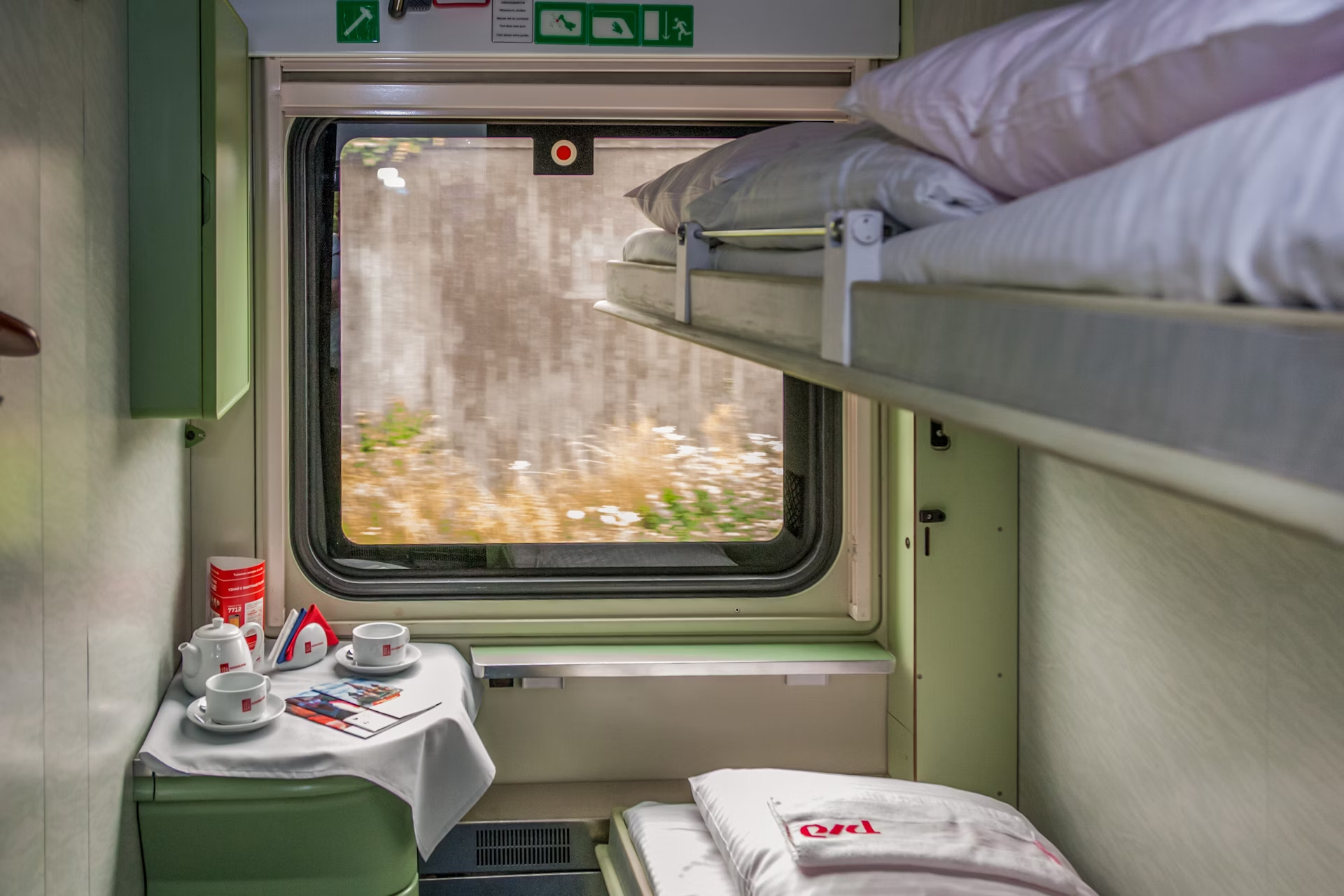
What kind of seat should I book?
Whichever country you’re traveling in, familiarize yourself with the different classes of accommodations offered by each service to suit your needs and budget. On America’s Amtrak the majority of travelers buy tickets in coach class where seats are wide and reclining with plenty of legroom. However, you’ll need to pack a blanket and neck pillow to have a restful night. Private roomettes contain two face-to-face seats that convert to upper and lower berths at night, and bedrooms offer the same number of berths with twice the space. Prices vary wildly depending on when you’re traveling, so book as far in advance as possible to find the cheapest tickets.
In Europe, you’ll find couchettes and sleepers: the former are six- or four-berth compartments with bunks you make up yourself, and the latter feature pre-made beds, washbasins, and on some routes, private showers and toilets. Most countries’ rail operators will show clear images on their websites of what to expect, and again it’s best to book early to find good rates. Women travelers are usually assigned spaces together but you can always call the operator directly to ensure this will be the case.
What rail pass should I get?
If you’re traveling on more than one or two sleepers within a few days, consider a rail pass. Amtrak’s 30-day USA Rail pass gives you 10 rides for $499 and Europe’s Interrail pass offers seven days of travel in the same month for €286. You have to pay a small fee to reserve a berth, but a pass often proves more cost-effective than buying individual tickets – and allows daytime hops too.
When booking the night train, what should I consider?
Faster trains aren't always better. Consider what time your train arrives at the destination. If you’re pulling into an unfamiliar city at 6am you might not want to wander around with luggage while waiting for a 3pm check-in, so research what storage facilities there are at the other end or see if an early self-check-in is available at your accommodations. If not, consider taking a slower night train that arrives at a more convenient time of day.
What happens when crossing borders?
Crossing borders at night might sound exciting and romantic but, in reality, it’s a hassle. Expect to be woken for both passport and customs checks on both sides and occasionally asked to disembark to have luggage scanned. For cross-border travel, a daytime service is much kinder on the soul.
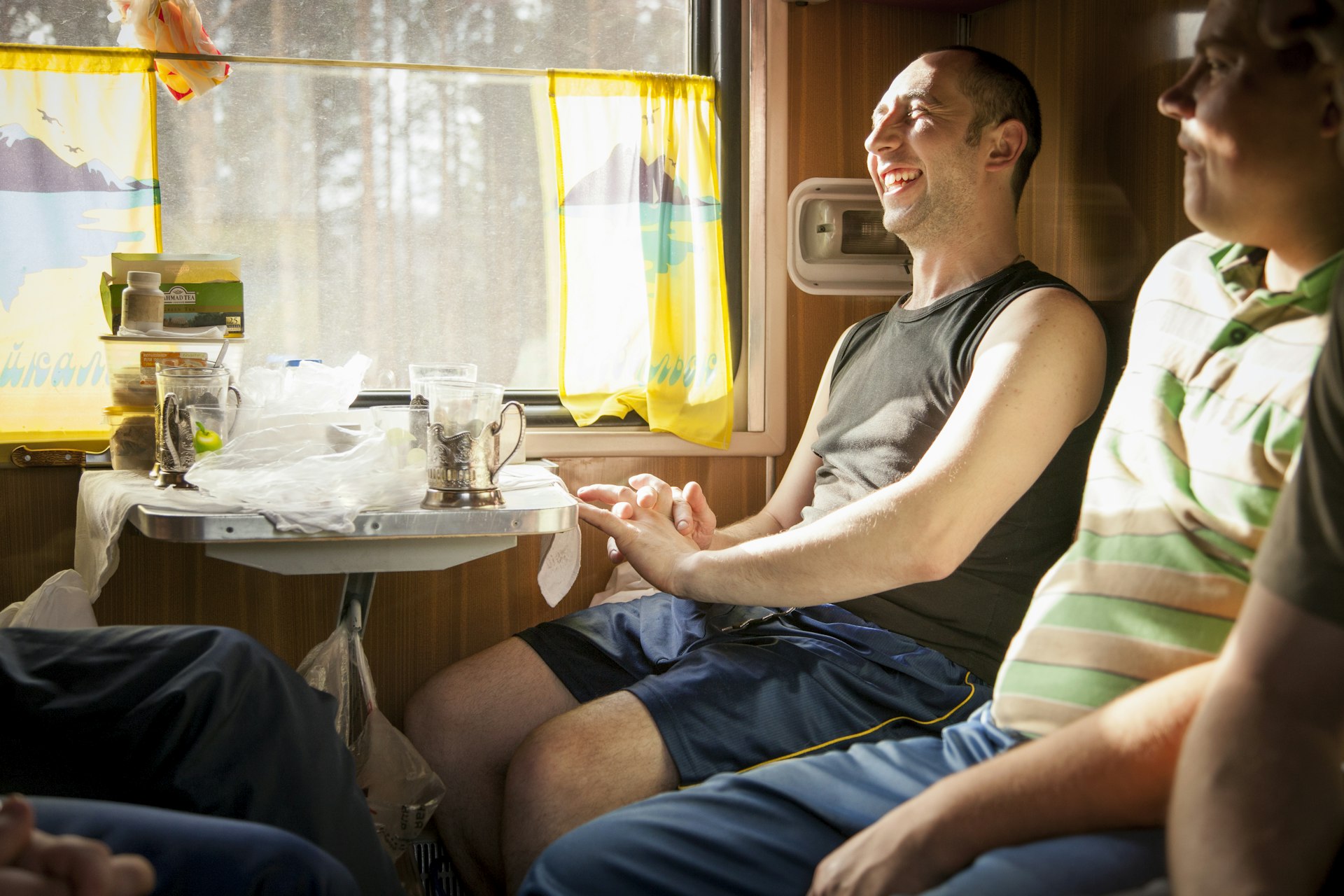
What do I pack for a sleeper service?
Pack as lightly as possible. You’ll most likely have to heave your bag into overhead racks or wedge it under berths, so be economical with your space. Bring a small hotel-sized bottle of shower gel for handwashing – no one wants to rewrap a bar of soap – and a flannel. Don’t pack water wipes, which are bad for the environment and often end up falling straight onto the tracks if flushed down toilets. It’s always safer to bring your own toilet roll and make sure it’s easily accessible at night.
Wear slip-on shoes so you don't have to fumble in the dark with laces or have them trailing along a train floor. For similar reasons dress in stretchy leggings or baggy yoga pants, something with tapered ankles that won’t pick up dirt.
Temperatures on board trains can extend from one extreme to another: don’t be fooled into thinking you’ll freeze on board the Trans-Siberian in winter, the heaters are on full blast and most passengers wander around in vests and sliders. Begin with a vest and add layers up to a comfortable hooded sweatshirt in case it gets chilly, and bring a pair of thick bed socks.
Pack a silk sleeper sheet. They come in compact palm-sized pouches and work well as an extra layer of insulation in winter and are wonderfully cool in summer. They also do a good job of protecting you from insect bites.
If you’re a light sleeper or not used to after-dark chatter or the brightness of early mornings, you might want to invest in a pair of soft silicone ear plugs and an eye mask for a better night’s sleep. Finally, load books onto an e-reader and take a portable power charger for your phone.
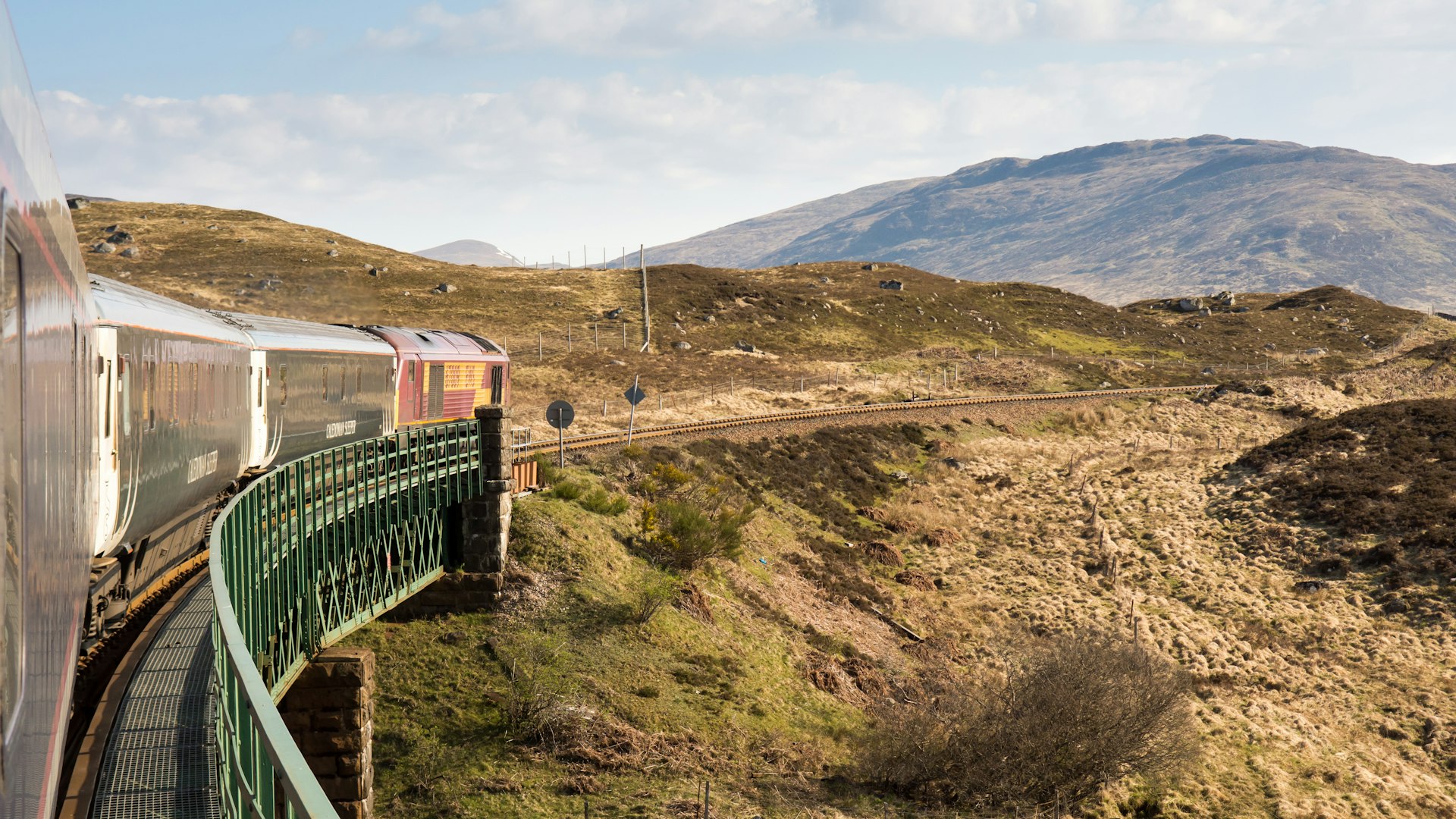
What are the on-board rules?
There are rules to follow! If a sign indicates lights out at 9pm then follow the lead of your companions. Use your reading light and if you want to make phone calls or send messages then go out into the vestibule so as not to disturb others. Avoid using the toilet when the train is parked at stations as waste often falls onto the tracks making it unpleasant for passengers on the platform.
Which is better, a lower berth or an upper berth?
During the day the lower berths are used as seats for all members of a compartment so don’t have a lie-in if everyone is awake. It’s antisocial and the berth must be stowed away. For that reason it's best to book an upper berth which means you can go up whenever you like to nap or read, and you can stay there for as long as you want in the morning.
Can I buy food on board?
Check if there’s a dining car on board but always pack food just in case the galley is closed for any reason. Instant noodles, bananas, biscuits and cereal bars will keep you going, with cheese and deli meats perfectly fine if they’re eaten on the first evening. If you’re staying at a hotel the night before, clear out the tea bags, coffee and sugar sachets and make sure to carry money in small denominations for drinks, snacks and tipping staff.
Use food and drink to break the ice. Train travel in Asia in particular is a convivial affair with families pulling out everything, from tightly rolled chapatis with fried potato on trains in India to homemade mantou buns and fried fish in China, which they will usually offer fellow passengers. Try to return the gesture even if it’s just to share some nuts or boiled sweets.
What are the best night train journeys for first-timers?
Among my personal favorite routes are:
- Mumbai–Howrah Duronto Express: This high-speed overnight service makes minimal stops. Fully air-conditioned with wide berths, bottle holders and LED light fittings, the trains provide a clean and comfortable service. Hop aboard in Mumbai and bed down at around 10pm, sleeping through with the peace of mind that there will be few brakes and jerks and no loud new voices looking for their berths. Book tickets with 12Go.
- Sunset Limited from New Orleans to Los Angeles: The oldest named train in the US, the Sunset Limited is Amtrak’s southernmost route, pulling passengers from New Orleans, through Louisiana’s bayous and the raw red expanse of Texas, before winding up through New Mexico and Arizona and sailing into LA at first light. Book tickets with Amtrak.

